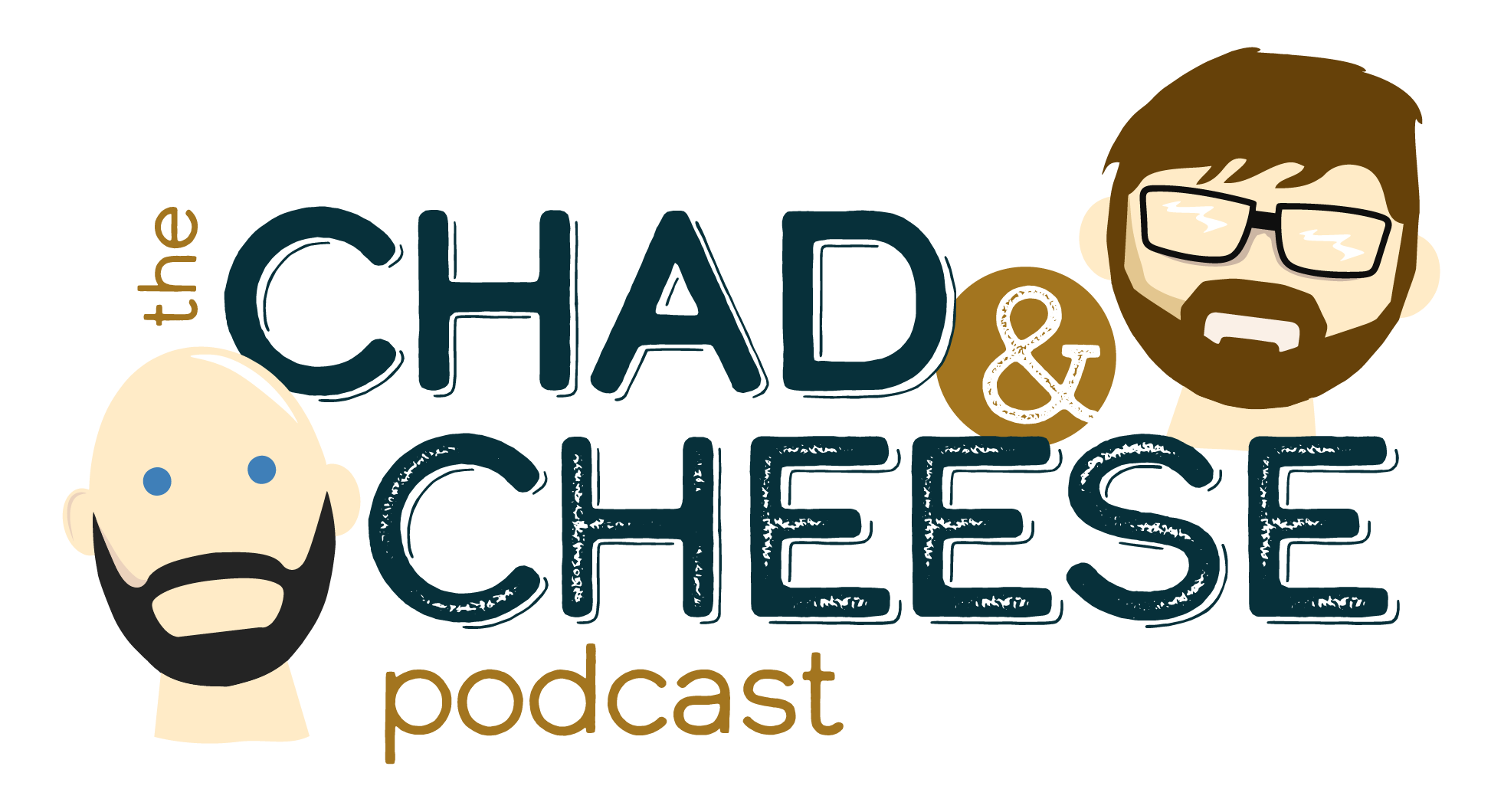Rolling With the Changes
Photo by Sincerely Media for Unsplash
All my life I have made my living by working with my hands – if typing counts. So I had been concerned for months about the growing number of misspellings, reversed letters, missing letters and other egregious typographical errors showing up in my drafts. My secret fear was some problem with my hands – perhaps weakness in some fingers, or early symptoms of arthritis. Worse, I worried that some wires were crossed in my brain, leading to dyslexic digits on the keyboard.
What a relief, then, to report that my finders have made a remarkable and full recovery! The miraculous cure for my frequently flying fingers was quick and inexpensive: A new keyboard.
Yes, all it took was a keyboard that hadn’t been subjected to 12 years of merciless banging, numerous near-miss coffee spills, and the detritus of 1,000 snacks between the keys. Moreover, a keyboard on which the M, N, A, S, O, and L keys are clearly legible.
The new keyboard was part of a major tech upgrade that included a new desktop computer, printer, and mouse. When you’ve been out of the computer marketplace for 12 years, there are bound to be some surprises. The first surprise for me was that the new CPU (do they still call it that?) is teeny tiny. The old black box is to the new black box as Texas is to Rhode Island. The other surprises came with the software.
I had enough sense not to install the equipment myself. Call it lessons of experience, or even Wisdom if you will, but I knew better than to believe in “plug and play.” Thanks to the expertise of Pablo, my long-time friend and brilliant IT consultant, I was able to keep 99% of my old data, transfer all software without incurring new subscription charges, link the computer to the printer, and kept everything on good speaking terms with the home Wi-Fi network.
However, there were still a few bugs in the system.
Updates Make Headaches
In my mind the perfect upgrade would let me do everything faster and more efficiently, yet also look exactly the same as it did before. And of course, all the programs would behave the same way. Such are the dreams of writers who work with their hands and upgrade their technological equipment every 12 years.
Ha! That never happens – and certainly not when Microsoft is involved.
On the positive side, Internet speed is much faster, and most basic functions are working well. Still, nothing stays the same, and there have been a few changes I wasn’t prepared for.
The software in the Microsoft Suite takes an inordinate amount of time to load, slow enough to evoke memories of what we used to call the World Wide Wait. If it gets any slower, I will be referring to it as “Tree Sloth.”
Sound, which comes through headphones (because I never replaced damaged speakers), works in every program so far except Zoom where, for some reason, voices whisper through the semi-disabled speakers at a volume of 2 decibels.
Several programs that used to be on the desktop screen (and not coincidentally, are not Microsoft products), such as the program containing all 100 of my passwords, have disappeared from view.
And during the conversion, I lost one day’s work on a document.
These things bothered me. Perhaps more than they should have.
Resilience
I am a creature of habit. I have routines and I do them the same way each time. Acquaintances mistake these habits as self-discipline. People who know me extremely well believe I may be borderline obsessive-compulsive. I prefer to think of myself as being reliable as a Swiss watch.
The flip side of this nature is a tendency to regard any event, change, or disruption to my routine as a threat to my equilibrium. When I am at my worst, I rage against changes with an attitude of “who moved my cheese.” When I am at my best – and I am trying to get there more often – I regard changes as a test of my resilience.
I have previously written about resilience here and here. So let me make just a few key points about this valuable life skill.
1. Resilience is the difference between sharp centenarians and dementia sufferers. Those who keep their wits to the end of life can get around blockages in the brain by forging new neural pathways.
2. Life has a way of knocking us down, over and over. Resilience is the ability to get back up again and try a different approach.
3. When we believe we have the ability to pivot, we can and do. We feel younger and act younger.
For example, remember the day’s work that I lost in the computer conversion? I spent an hour trying to recover it, and then half a day feeling sorry for myself because I couldn’t. Neither was helpful. But the next day, I rewrote what I had lost in an hour (the thinking part was already done) and moved on.
I can easily fall into the role of the obstinate curmudgeon, rigid and immovable. But it’s not a good look for me. It’s not where I want to go. So I have made a note to myself to work on strengthening my resilience muscles. In fact, I’ll add it to my normal routine.
If arthritis eventually does impact my fingers, I know I can find a way around it.
Absolutely Last-Minute Holiday Gift Idea
Here’s something your friends and relatives can really appreciate: a gift subscription to The EndGame. Let them experience the valuable information, perspective, and insights about Aging with grace and purpose. The EndGame really is a gift that keeps on giving, 52 weeks a year.


























